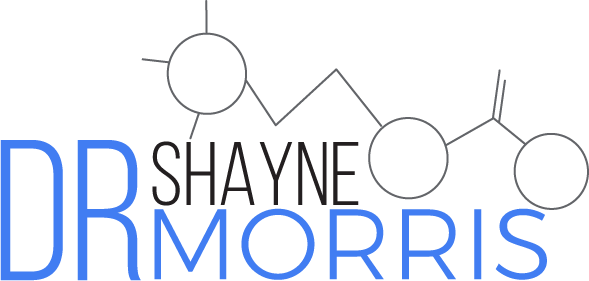Like SARS-CoV, SARS-CoV-2 has been shown to target the angiotensin converting enzyme 2 (ACE2) receptors found on the surface of epithelial cells in the mucous membranes that line the respiratory tract, gastrointestinal tract, kidney tubules, and the oral cavity. This virus gains access into cells by binding to ACE2 receptors with their spike (S) proteins that protrude from the outer lipid layer of the virion. Once the virus binds to an ACE2 receptor it is brought into the cell via endocytosis where it can then release its RNA to be replicated, packaged, and released from the cell as new virions to initiate further infection of neighboring cells. ACE2 and its homologue, angiotensin-converting enzyme (ACE), are involved in the renin-angiotensin system (RAS) that regulates fluid volume, blood pressure, aldosterone secretion, vasoconstriction/vasodilation, and vascular permeability. In this system ACE2 is responsible for balancing out the actions initiated by ACE, thus, creating a delicate ratio of ACE/ACE2 that must be maintained for the body to function properly.
When the RAS cascade is initiated, the liver produces angiotensinogen which is subsequently cleaved by renin, an enzyme produced by the kidneys, to produce angiotensin I (Ang I). ACE then converts Ang I to angiotensin II (Ang II), which is often referred to as the active form of angiotensin because when Ang II binds to its type I (AT1) or type II (AT2) receptors it activates the physiological processes that increase activity of the sympathetic nervous system (fight-or-flight response) and cause water retention, systemic vasoconstriction, high blood pressure, vascular permeability, inflammatory cytokine production, and cell proliferation. ACE2 comes into play to reduce Ang II concentrations and minimize these effects by hydrolyzing Ang I to Ang(1-9) before ACE can convert it to Ang II and by hydrolyzing Ang II to Ang(1-7) so that Ang II can no longer bind to its receptors. Instead Ang (1-7) can then bind to G protein-coupled MAS receptors to initiate its antagonistic effects against Ang II such as vasodilation, anti-inflammatory cytokine production, and anti-proliferative mechanisms to name a few.
This balance between ACE/Ang II and ACE2/Ang(1-7) becomes very important as we try to better understand how SARS-CoV-2 causes acute respiratory distress syndrome (ARDS) so that we may be able to develop better treatment options for those suffering from lung failure caused by COVID-19. Previous research on SARS-CoV has shown that as these viruses bind to ACE2 receptors in the lungs they significantly reduce the expression of ACE2, consequently increasing the levels of Ang II which has been associated with worse symptoms of ARDS, including pulmonary edema, and increased lung injury. Since both viruses have been shown to interact with ACE2 receptors, it has been suggested that they may also follow the same pathogenic mechanisms that cause lung failure in patients with COVID-19. From this information we can assume that by rebalancing the ratio of ACE2/Ang(1-7) to ACE/Ang II in COVID-19 patients we may be able to treat or reduce the severity of lung injury caused by SARS-CoV-2. In addition, angiotensin converting enzyme 2 is expressed on myocytes and vascular endothelial cells, so there is at least theoretical potential of direct cardiac involvement by the virus.
References
- Jordan, Rachel E., Peymane Adab, and K. K. Cheng. “Covid-19: Risk Factors for Severe Disease and Death.” BMJ (Clinical Research Ed.) 368, (2020): m1198.
- Kuba, Keiji, Arthur S. Slutsky, Yi Huan, Bin Guan, Chi-Chung Hui, Josef M. Penninger, Lutz Hein, et al. “Angiotensin-Converting Enzyme 2 Protects from Severe Acute Lung Failure.” Nature 436, no. 7047 (2005): 112-116.
- Simões e Silva, AC, KD Silveira, AJ Ferreira, and MM Teixeira. “ACE2, Angiotensin‐(1‐7) and Mas Receptor Axis in Inflammation and Fibrosis.” British Journal of Pharmacology 169, no. 3 (2013): 477-492.
- Wu, Yuntao. “Compensation of ACE2 Function for Possible Clinical Management of 2019-nCoV-Induced Acute Lung Injury.” Virologica Sinica (2020).
- Yan, Renhong, Yuanyuan Zhang, Yaning Li, Lu Xia, Yingying Guo, and Qiang Zhou. “Structural Basis for the Recognition of SARS-CoV-2 by Full-Length Human ACE2.” Science (New York, N.Y.) 367, no. 6485 (2020): 1444-1448.


